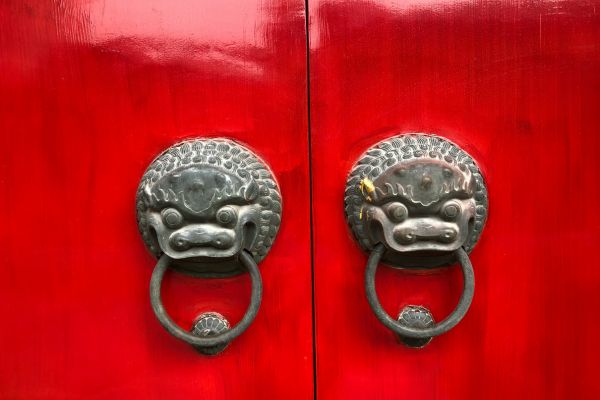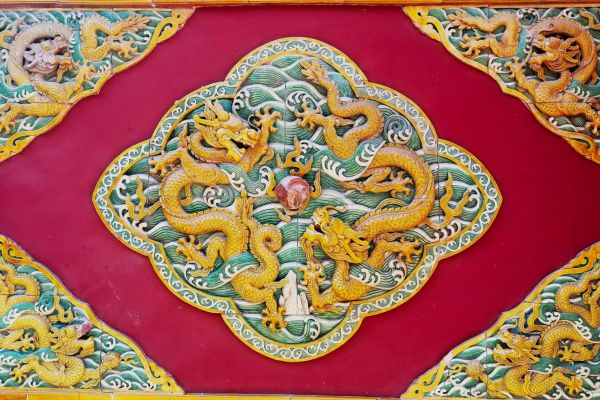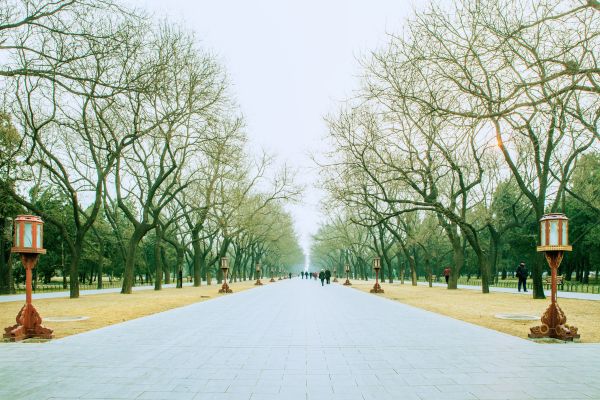On 16 Oct. 2020, the Shenzhen Intermediate Court issued a decision in Guangdong OPPO Mobile Telecommunications Co Ltd v. Sharp Corp. (2020) Yue 03 Min Chu No. 689 ((2020)粤03 民初689 号), confirming that it had jurisdiction to set global royalty rates for related patents.
CJO Note: On 19 Aug. 2021, China’s Supreme People’s Court handed down the final decision (2020) Zui Gao Fa Zhi Min Xia Zhong No. 517 ((2020)最高法知民辖终517号), confirming that the trial court has jurisdiction to set global SEP rates.
I. Case background
On 19 Feb. 2019, Guangdong OPPO Mobile Telecommunications Co Ltd (hereinafter “OPPO”), one of China’s largest mobile phone manufacturers, negotiated with Sharp Corporation (hereinafter “Sharp”), a Japanese company, on a license of standard essential patents owned by Sharp during the patent license contract negotiations.
In January 2020, Sharp filed a patent infringement lawsuit against OPPO’s products at the Tokyo District Court in Japan and requested a judicial injunction.
In March 2020, Sharp filed a similar patent infringement lawsuit in Germany.
On 25 Mar. 2020, OPPO filed a lawsuit against Sharp in Shenzhen Intermediate People’s Court (“Shenzhen Court”), requesting the court to confirm that Sharp violated the FRAND principle and to determine the licensing conditions of related patents.
Sharp challenged the court’s jurisdiction in the Chinese lawsuit, arguing that the Shenzhen court had no jurisdiction over the dispute.
Sharp argued that none of the places where the tort was committed, the place where the result of the tort took place, and the defendant’s domicile were located in Mainland China. In accordance with Article 28 of the PRC Civil Procedure Law (CPL), this tort dispute did not fall within the jurisdiction of Chinese courts.
Sharp also believed that the global licensing conditions of its patents were also beyond the jurisdiction of the Shenzhen Court, and it did not agree with the Shenzhen Intermediate Court to rule on the global patent licensing conditions.
On 16 Oct. 2020, the Shenzhen Court made a ruling, dismissing Sharp’s jurisdictional objection, and held that it had solid jurisdiction over this case.
II. Court views
1. The patent dispute has a proper connection with China
In accordance with Article 265 of the CPL, “Where an action is instituted against a defendant which has no domicile within the territory of the People's Republic of China for a contract dispute or any other property right or interest dispute, if the contract is signed or performed within the territory of the People's Republic of China, the subject matter of action is located within the territory of the People's Republic of China, the defendant has any seizable property within the territory of the People's Republic of China, or the defendant has any representative office within the territory of the People's Republic of China, the people's court at the place where the contract is signed or performed, where the subject matter of action is located, where the seizable property is located, where the tort occurs or where the domicile of the representative office is located may have jurisdiction over the action.”
Accordingly, although standard essential patent licensing disputes are neither typical contract disputes nor typical tort disputes, the location of the license subject, the place where the patent is implemented, the place where the contract is signed, and the place where the contract is performed should also be considered when determining the jurisdiction. This approach is essential to decide whether the standard essential patent licensing dispute has a proper connection with China.
As long as one of the aforementioned locations is within China, the case should be deemed to have an appropriate connection with China, thus the Chinese court has jurisdiction over the case.
The court held that:
(1) OPPO is a Chinese company, and its production and R&D activities all take place in China, which indicates that China is the place where the patent in question is implemented.
(2) Sharp is a foreign company that has no domicile in China, but it has property rights in China because it is the patentee of a patent registered in China. Therefore, China is the place where the subject matter of action is located and where the subject matter of the lawsuit and the place where the seizable property is located.
To sum up, the aforementioned connection locations are all within China. Therefore, this case has proper connections with China, and the Chinese court has jurisdiction in this case.
2. It is more convenient for Chinese courts to hear the global licensing conditions of the relevant patent
Firstly, in view of the contractual agreement, the patent license contract negotiated and signed by the two parties in China involved the global licensing conditions of related patents. Therefore, Sharp’s argument that the Chinese courts could only affect the licensing conditions within China was inconsistent with the purpose of the licensing contract negotiated between the two parties.
Secondly, the OPPO products involved in this case were manufactured and primarily sold in China.
According to the evidence provided by OPPO, the products were sold more in China than in the countries that the defendant’s choice to file a lawsuit with a court, namely Japan and Germany.
For example, as of 31 Dec. 2019, OPPO’s sales only accounted for 0.21% and 0.07% respectively in Europe and Japan, but accounted for 71.08% in China (including Taiwan District).
For example, as of 31 Dec. 2019, OPPO’s sales accounted for 71.08% in China (including Taiwan region), whereas those in Europe and Japan only accounted for 0.21% and 0.07% respectively.
Obviously, this case had the closest connection with China. It was more convenient and direct for the Chinese court to find out the plaintiff’s implementation of the standard essential patents involved in this case.
Finally, the Chinese courts’ judgment of global rates would help improve overall efficiency, because this approach can essentially resolve disputes between the two parties, effectively avoiding multiple litigations between the two parties in different countries, and was more consistent with the original intent of the FRAND principle.
III. Our comments
This case marks the first time that a Chinese court has unambiguously declared jurisdiction over the global rate of standard essential patents, and it has also been selected as one of the five major intellectual property judicial protection innovation cases of the Shenzhen Intermediate Court in 2020.
Many Chinese scholars believe that this case is of great significance in promoting China’s transformation from a “follower of international intellectual property rules” to a “leader of international intellectual property rules”.
For a long time, China’s core high-tech companies have been facing patent litigation initiated by patentees abroad. Foreign patentees deliberately brought the litigation to foreign courts first, so that foreign courts in countries where the market share is extremely low can decide the overall market rate. This practice not only excludes or adversely affects the jurisdiction of courts in China where the market share is high, but also seriously undermines China’s judicial sovereignty and the strategic advantages of key industries in global competition.
The Shenzhen court established a review method for a jurisdictional challenge in the standard essential patent disputes. That is, the court should fully consider the characteristics of standard essential patent licensing disputes. Instead of simply regarding the dispute as a tort case, the court should make a judgment based on a “more convenient court principle”, and clarifies the jurisdictional ground in the ruling.
Contributors: Guodong Du 杜国栋 , Liu Qiang 刘强









